How to Care for Kaffir Lime: 3 Key Tips for Fragrant Foliage and Limes
If you've ever cooked Southeast Asian cuisine, you know the magical aroma of kaffir lime leaves. That distinctive citrusy fragrance can transform a simple curry or soup into an extraordinary culinary experience. But what if you could step into your garden and pluck fresh leaves whenever inspiration strikes? Growing your own kaffir lime tree (Citrus hystrix) is surprisingly achievable with the right approach.
Many gardeners hesitate to grow citrus trees, worrying they're too temperamental or climate-sensitive. While kaffir limes have specific needs, they're actually quite adaptable when you understand their basic requirements. Whether you're growing it in a container on your balcony or directly in your garden soil, these three essential care strategies will ensure your tree thrives, producing abundant fragrant leaves and potentially even the unique double-lobed fruit that's prized in many kitchens.
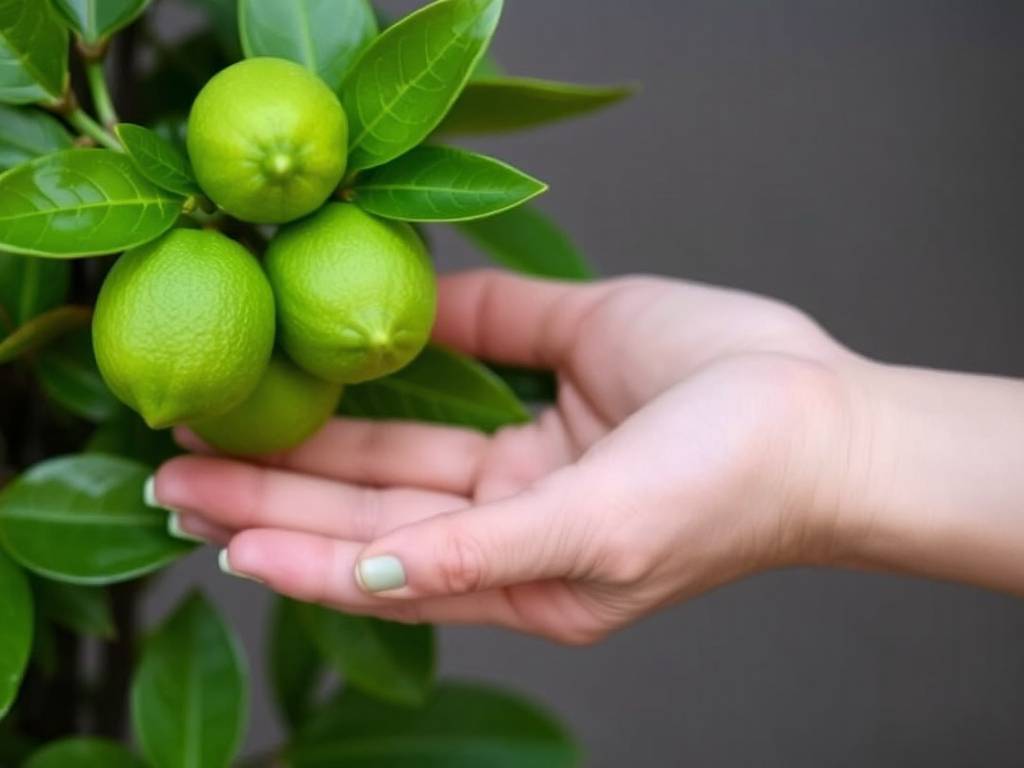
1. Master the Art of Soil and Water Management
The foundation of any healthy plant begins with what's beneath the surface. Kaffir lime trees demand well-draining soil that still retains some moisture—a balance that might sound contradictory but is absolutely crucial for preventing root rot while keeping the tree hydrated.
For container-grown kaffir limes, create a potting mix combining equal parts quality potting soil, perlite or coarse sand, and peat moss or coconut coir. This combination provides excellent drainage while maintaining adequate moisture retention. The perlite creates air pockets that prevent soil compaction, allowing roots to breathe and access oxygen. If planting directly in the ground, test your soil's drainage first by digging a hole and filling it with water. If the water doesn't drain within a few hours, consider building a raised bed or mound to elevate the root system above the native soil.
Watering practices make or break kaffir lime health. The "soak and dry" method works beautifully: water thoroughly until it runs from the drainage holes, then allow the top 1-2 inches of soil to dry before watering again. During active growth periods in spring and summer, this might mean watering once or twice weekly, while in winter, the frequency may drop to every two weeks. Always check soil moisture with your finger rather than following a rigid schedule, as factors like temperature, humidity, and pot size significantly affect drying time.
Signs of improper watering include yellowing leaves (often overwatering) or curled, crispy leaves (typically underwatering). Remember that kaffir limes prefer consistently moist but never soggy conditions. For those struggling with moisture management, self-watering containers or adding moisture-retaining crystals to the potting mix can help maintain ideal conditions, especially in hot climates or for gardeners who travel frequently.
2. Provide Optimal Light and Temperature Conditions
Kaffir lime trees are sun worshippers that need plenty of bright, direct light to produce those intensely fragrant leaves and develop fruit. Aim for at least 6-8 hours of direct sunlight daily, with bright indirect light for the remainder of the day. South-facing locations typically provide the best light conditions in the Northern Hemisphere.
When growing kaffir lime trees indoors, position them near your brightest window, preferably south-facing. Rotate the container quarterly to ensure all sides receive equal light exposure and prevent lopsided growth. During darker winter months, consider supplementing with a full-spectrum grow light placed 12-18 inches above the foliage for 12-14 hours daily to maintain vigorous growth.
Temperature management is equally important for kaffir lime care. These tropical natives thrive in temperatures between 70-90°F (21-32°C) during the growing season and can tolerate brief dips to about 50°F (10°C). However, prolonged exposure to temperatures below 45°F (7°C) can cause leaf drop and permanent damage. If you're growing kaffir lime in containers in cooler climates, move them indoors before nighttime temperatures consistently drop below 50°F.
The challenge of overwintering kaffir lime trees often concerns gardeners in temperate regions. When bringing plants indoors for winter, acclimate them gradually over 7-10 days by bringing them inside for increasingly longer periods. This gradual transition minimizes shock and leaf drop. Indoor winter care requires balancing sufficient light with protection from drying heating vents, while reducing watering frequency to match the plant's slowed growth. Grouping plants together or using a humidifier can help combat the low humidity common in heated winter homes.
3. Implement Strategic Feeding and Pruning Practices
Nutrition plays a vital role in developing both the aromatic leaves and the distinctive bumpy limes. Kaffir lime trees benefit from regular feeding during their active growing season (spring through early fall). Use a specialized citrus fertilizer that contains micronutrients like iron, zinc, and manganese, which are essential for healthy citrus growth but often lacking in general-purpose fertilizers.
A balanced fertilizer with equal NPK ratio (such as 10-10-10) or one slightly higher in nitrogen supports lush foliage growth. Apply according to package directions, typically every 4-6 weeks during the growing season, then cease feeding during winter months when growth naturally slows. For organic gardening options, well-composted manure, fish emulsion, or seaweed extracts provide excellent nutrition. Yellowing leaves with green veins may indicate iron deficiency—a common issue in citrus that can be addressed with chelated iron supplements.
Pruning kaffir lime trees serves multiple purposes: it maintains an attractive shape, encourages bushier growth with more harvestable leaves, removes dead or diseased branches, and improves air circulation. The best time for major pruning is early spring, just before the growth season begins. Use clean, sharp pruning shears to remove any crossing branches, thin out crowded areas, and shape the tree as desired. Never remove more than one-third of the tree's foliage at once.
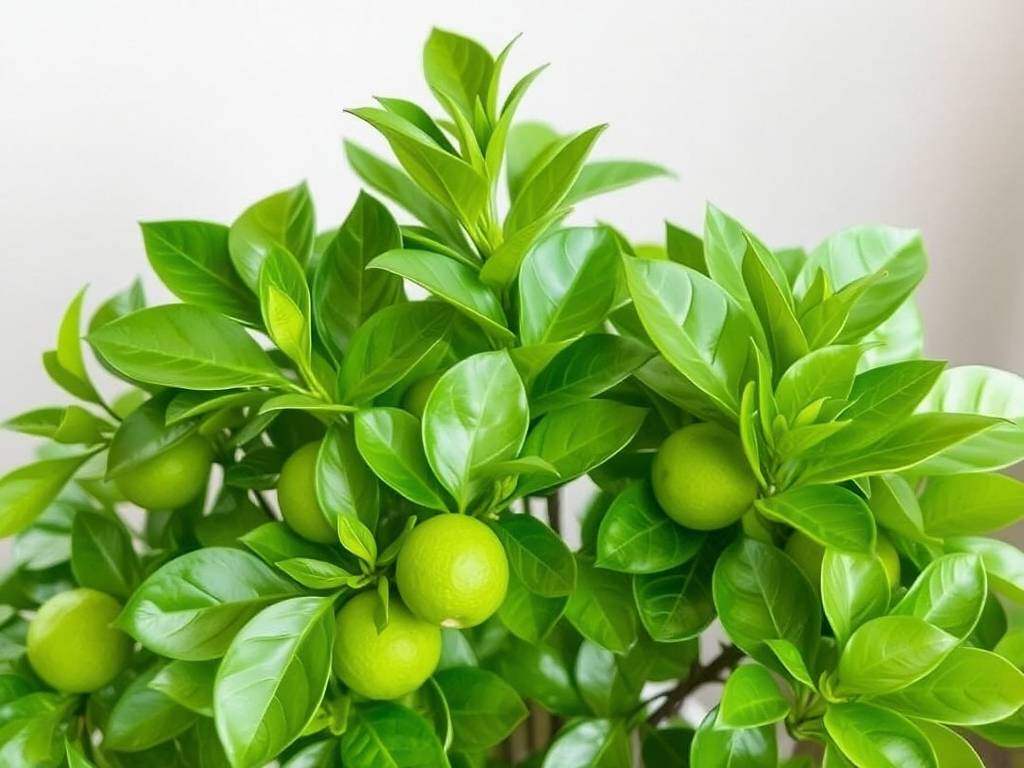
Regularly harvesting leaves for culinary use actually serves as a form of pruning that stimulates new growth. When harvesting kaffir lime leaves, select mature, dark green leaves and use scissors to make clean cuts where the leaf stem meets the branch. This method is preferable to pulling leaves, which can damage the bark. For those wondering how to encourage kaffir lime fruit production, patience is key—trees often take several years to mature enough to flower and fruit, with adequate light and proper nutrition being the most significant factors.
Troubleshooting Common Kaffir Lime Issues
Even with perfect care, you might encounter some challenges. Citrus leaf miners—those squiggly lines on new leaves—are mostly cosmetic and rarely harm mature trees. For severe infestations, remove affected leaves or use horticultural oil. Scale insects and spider mites can be treated with insecticidal soap sprays. Always isolate new plants for a few weeks before introducing them to your existing plant collection to prevent pest spread.
If your kaffir lime tree drops leaves suddenly, this is typically a response to environmental changes like dramatic temperature shifts, overwatering, or underwatering. The tree usually recovers once conditions stabilize. Lack of fragrance in leaves often results from insufficient light or nutrients. Slow growth may indicate pot-bound roots, inadequate light, or nutritional deficiencies.
For container-grown kaffir limes, repot every 2-3 years or when roots begin circling the container. Choose a new pot only 2-4 inches larger in diameter to prevent excess soil from staying wet too long. The best time for repotting kaffir lime trees is early spring, just as new growth begins.
Growing a thriving kaffir lime tree that produces aromatic leaves and eventually fruit is an incredibly rewarding experience. By mastering these three key areas—soil and water management, light and temperature conditions, and feeding and pruning practices—you'll create the ideal environment for your tree to flourish. Remember that gardening is a journey of learning and adaptation. Pay attention to your tree's signals, make adjustments as needed, and before long, you'll have a beautiful, productive plant that enhances both your garden and your cooking with its unique citrus essence.
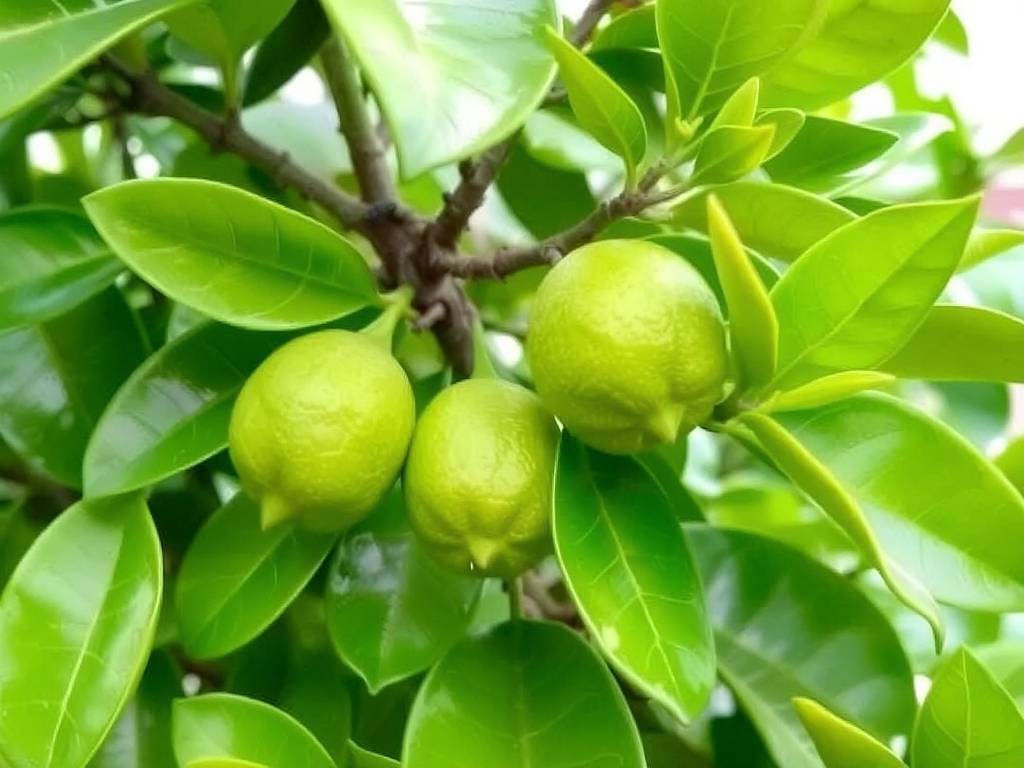
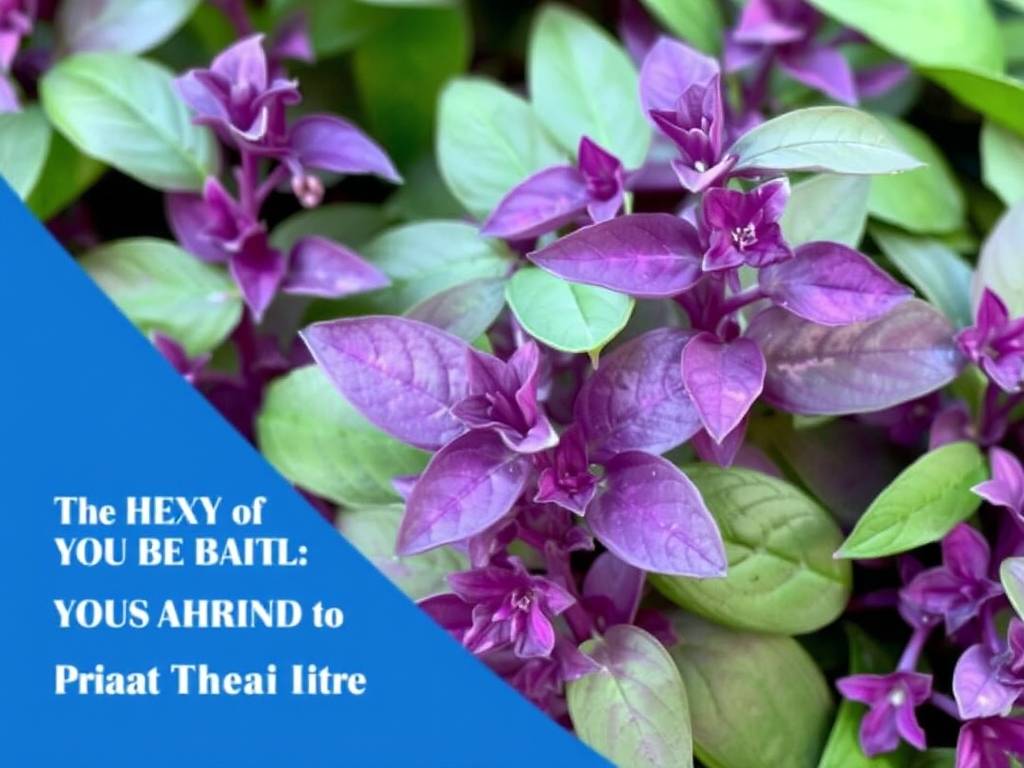
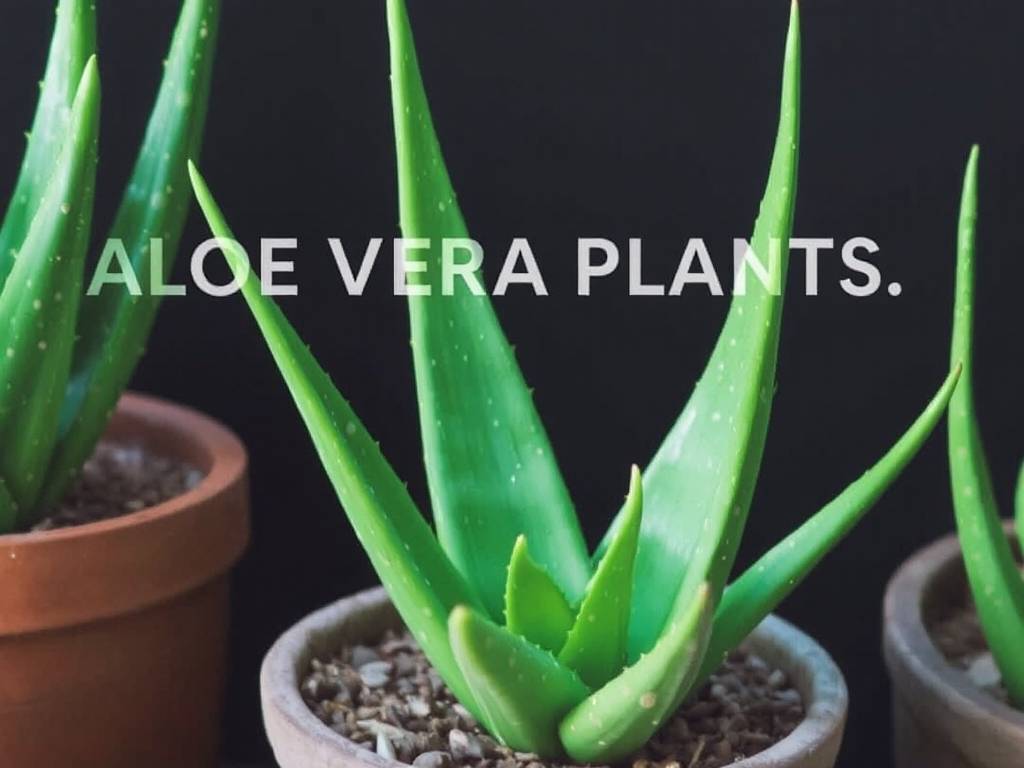
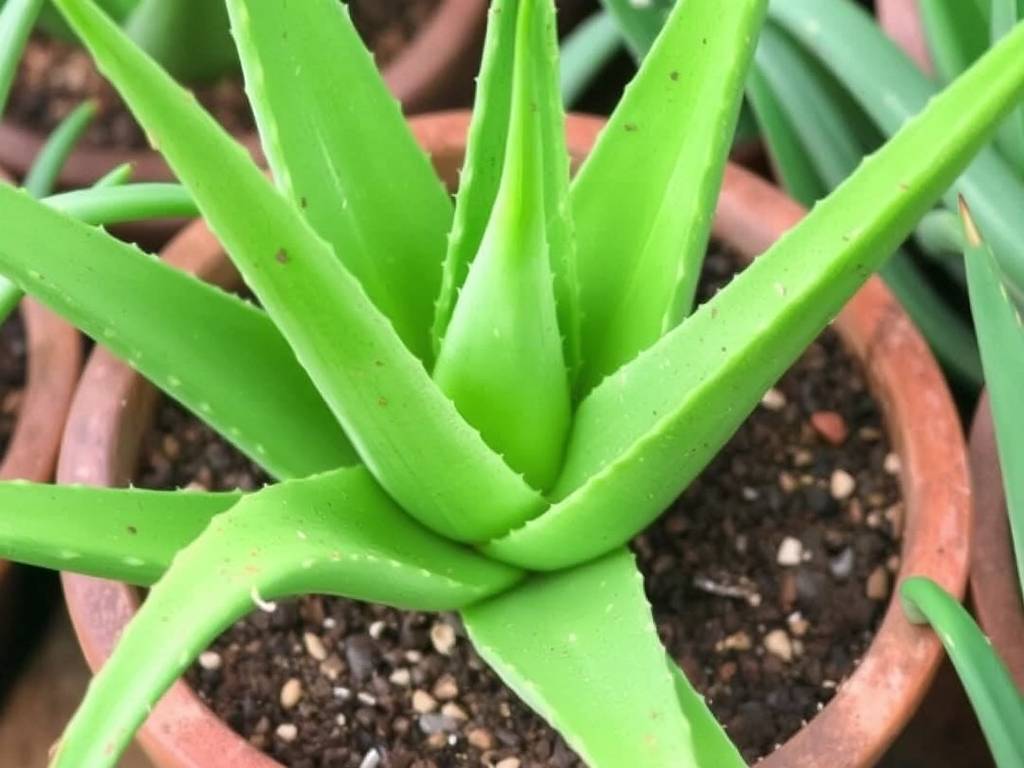
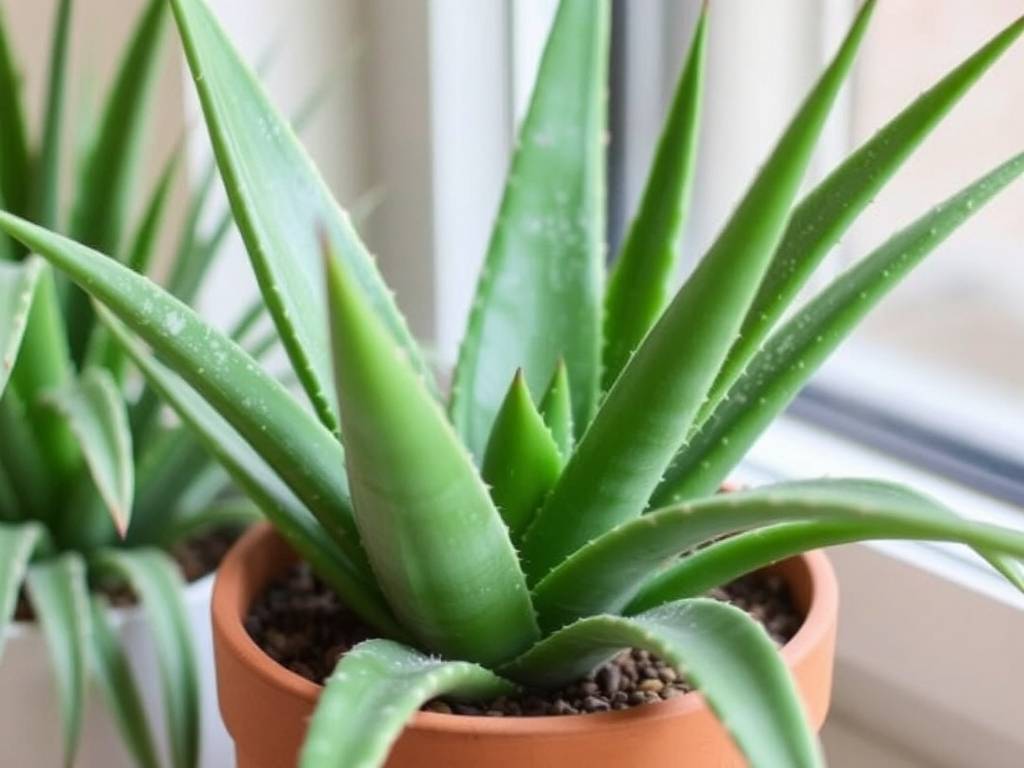
发表评论